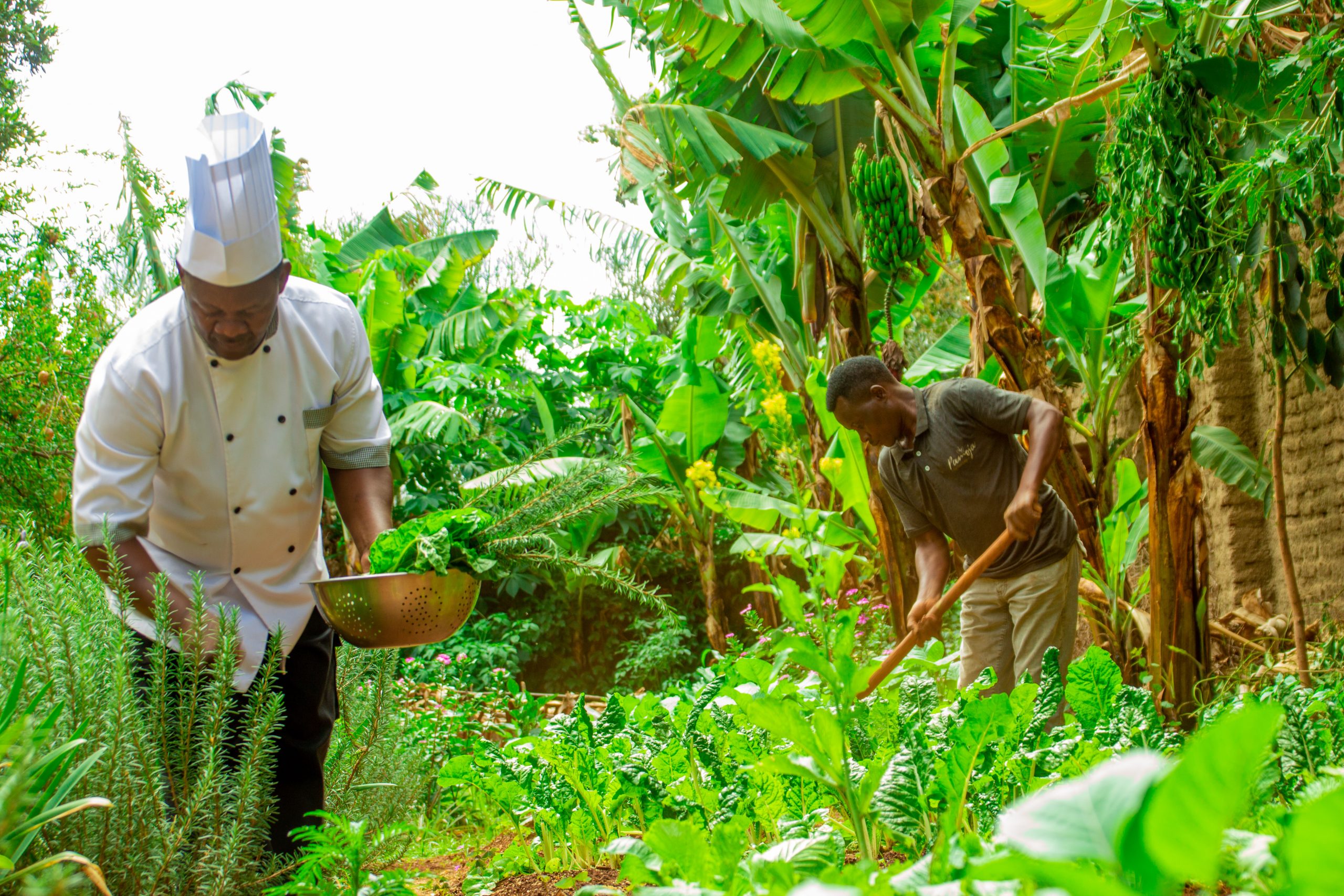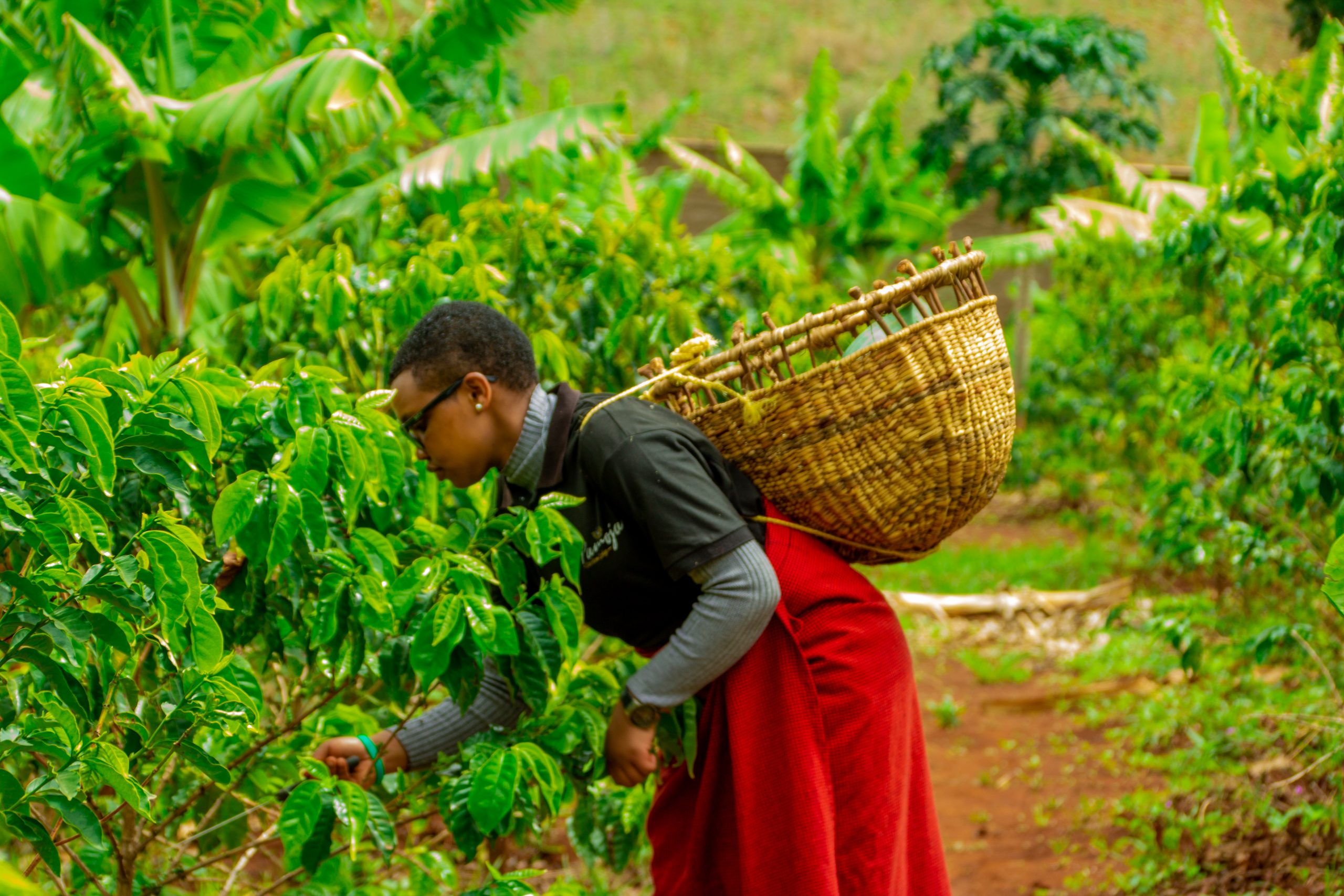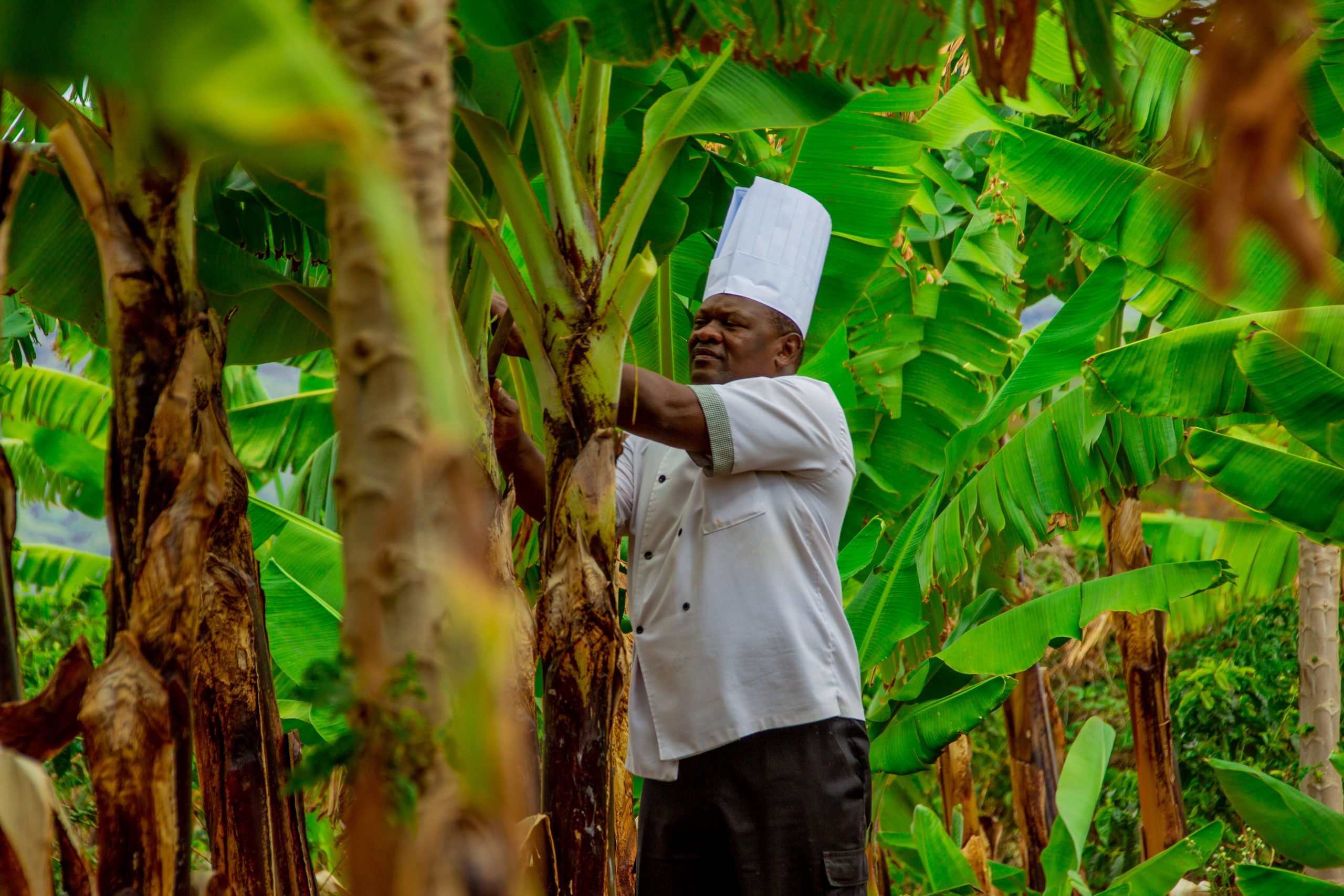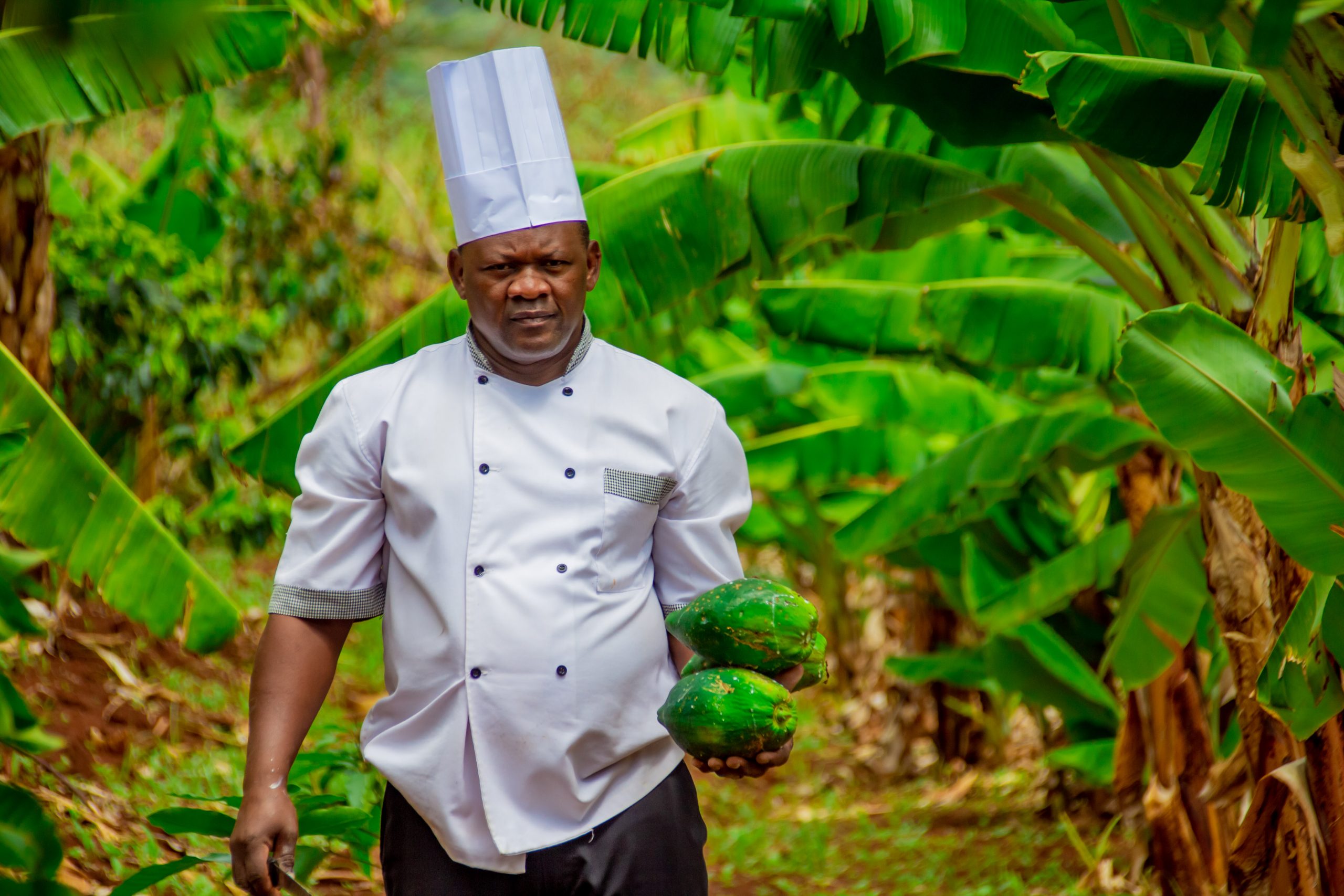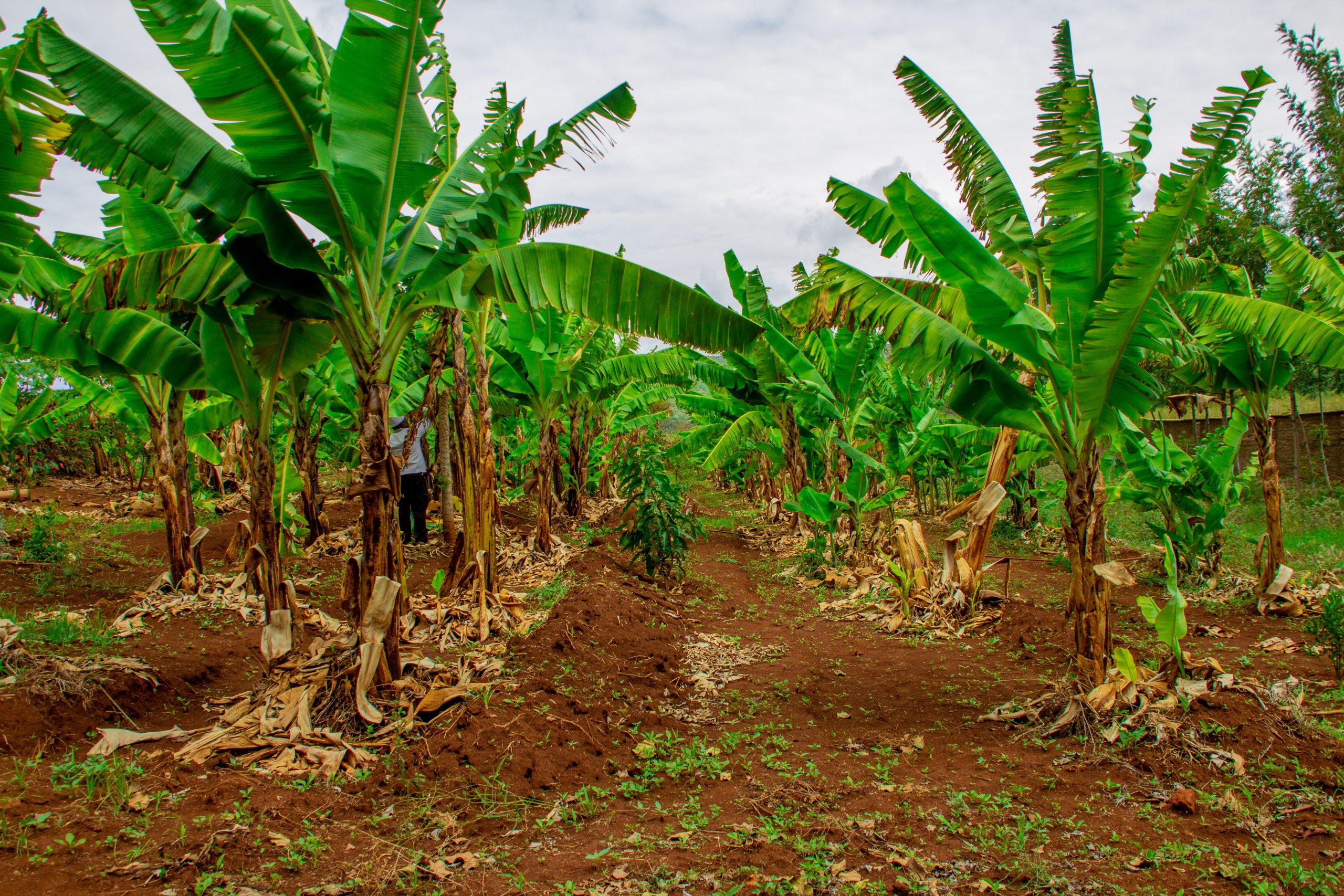Serengeti National Park
Where to Go in the Serengeti
Serengeti National Park
From the Wildebeest Migration to Year-round Game Viewing
With an area of nearly 15 000 square kilometers (5 790 square miles), the Serengeti is a massive park divided into distinct regions, each of which offers a unique game viewing experience. You must plan your safari in the Serengeti carefully, especially if you wish to witness the annual Wildebeest Migration. The herds migrate clockwise around the Serengeti-Mara ecosystem (roughly the size of South Carolina), and their concentrations are determined by the seasons, available water, and available grazing.
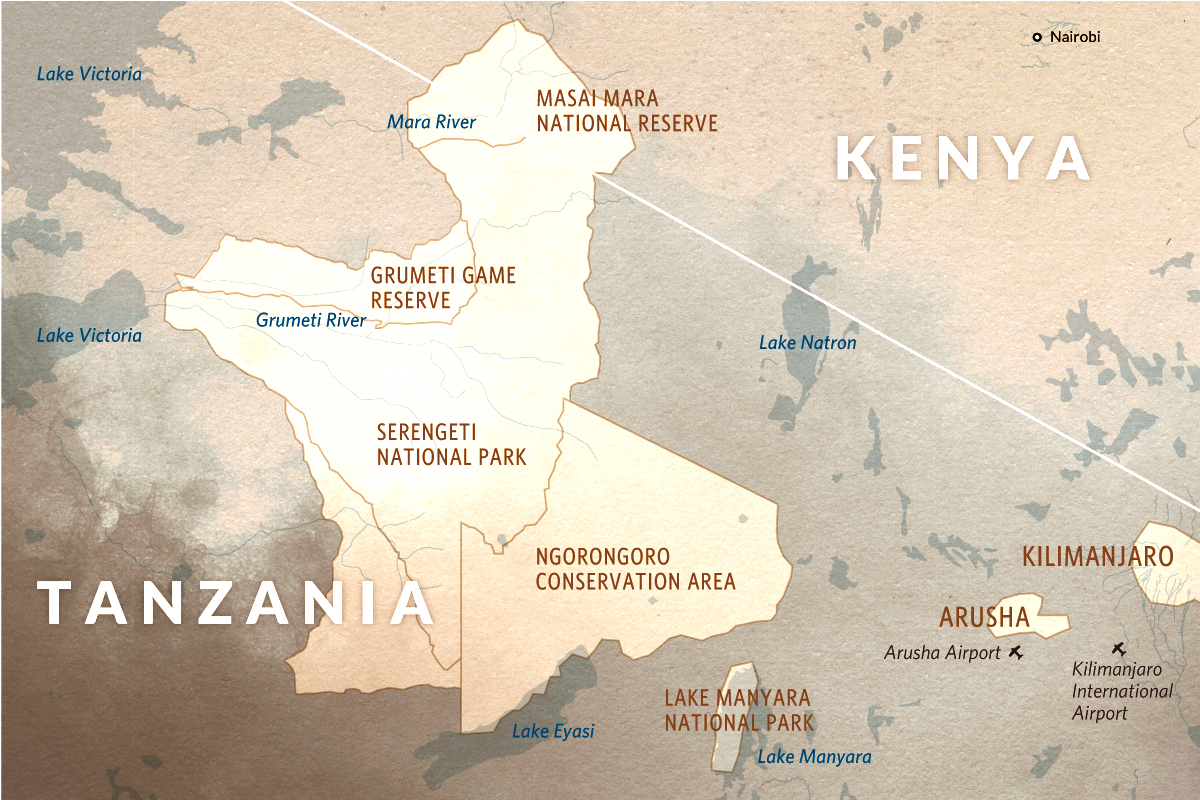
Southern Serengeti
This section of the Serengeti National Park is the most accessible, which means it can get quite busy during the high season (about July to October).
Between November and March, massive herds of wildebeest, zebra, and gazelle migrate into the southern Serengeti to graze on new grass and give birth. That means that predators – particularly lions, leopards, and cheetahs – will take advantage of any opportunity to hunt easy prey.
Central Serengeti
The Serengeti National Park’s heart offers exceptional game viewing throughout the year and is home to a diverse range of safari camps and lodges. The area provides easy access to all of the migration’s hotspots and is densely forested with plains game, leopard, cheetah, and lion.
The Seronera River Valley serves as a natural boundary between the region’s grassy plains to the south and wooded hills to the north, making it one of the Serengeti’s most diverse ecosystems. Lion and cheetah sightings are frequent, as are leopard sightings.
Eastern Serengeti
The Eastern Serengeti, with its diverse habitats and diverse wildlife, is a popular pit stop during the Wildebeest Migration’s calving season (between February and March). The area receives fewer tourists than the rest of the national park and is known for its excellent sightings of big cats, particularly cheetah.
Western Serengeti
The Grumeti River winds its way through the Serengeti’s Western Corridor, where it is home to colossal Nile crocodiles and hippos. Around May and June, convoys of wildebeest arrive on the banks of the Grumeti, kicking off the Migration’s main event: the perilous river crossings.
This is one of the most thrilling (and heartbreaking) natural events to witness, as many of the valiant wildebeest are snatched up by hungry crocs.
Grumeti Reserves
If you’re looking for great year-round game viewing combined with away-from-the-crowds luxury accommodation, we recommend the privately owned Grumeti Reserve. It borders the western Serengeti and lies directly on the Wildebeest Migration’s path, giving you front-row seats to all the action. It’s a quiet reserve with few safari camps and lodges but plenty of plains game and predators like lion, cheetah, leopard, hyena and crocodile.
With over 400 recorded species, the Grumeti region is also great for birding. Its riverine forest is a good place to spot colobus monkeys. And since Grumeti is a private reserve, visitors at the area’s lodges can go on guided nature walks and night game drives – activities not usually allowed in the Serengeti National Park.
Northern Serengeti
Less crowded than the rest of the Serengeti, the north of the park is characterised by green rolling hills and thickly vegetated granite outcrops (kopjes). The region offers good year-round game viewing and sets the stage for the Mara River crossings during the Wildebeest Migration around July or August.
This is when dramatic scenes ensue, as tens of thousands of animals plunge into the river in a desperate attempt to reach the other side before enormous crocodiles home in on them – book your accommodation well in advance to guarantee ringside seats. It is also a great place to go on a hot-air balloon safari for a bird’s-eye view over the wildebeest herds, and a good area to see elephant and giraffe.
Highlights
SAFARI GAME DRIVES
BIG FIVE AND ICONIC WILDLIFE ENCOUNTERS
WILDLIFE ADVENTURE
INSPIRED GREAT MIGRATION EXPERIENCE
CULTURAL VISITS
INTERACT WITH THE MAASAI AND HADZABE TRIBES AND STEP BACK IN TIME AT OLDUVAI GORGE
WALKS AND HIKES
AN ARRAY OF ACTIVITIES DEPENDING ON FITNESS AND INTEREST

